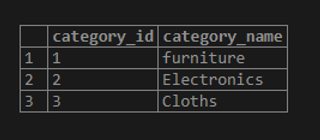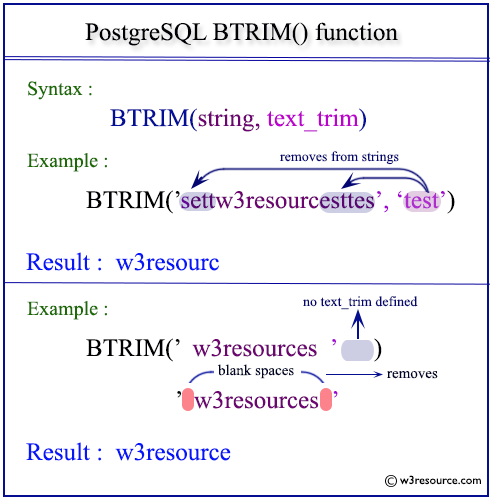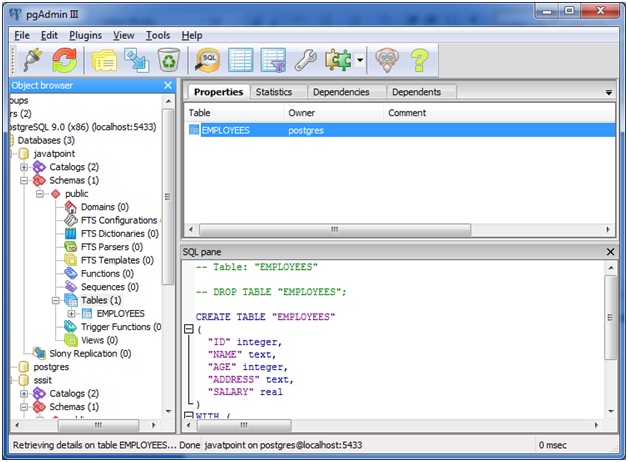
If you are SU then you can read nf even without shell access, if you're not, you probably would not be able to select such a view. system tables to tell to which master the slave is connected.The substring argument is the string that you want to locate. The POSITION() function requires two arguments: 1) substring. The following illustrates the syntax of the PostgreSQL POSITION() function: POSITION(substring in string) Arguments.
#POSTGRESQL XLOG POSITION HOW TO#
At least I don't know how to reset pg_last_xlog_replay_location on promoted master. The PostgreSQL POSITION() function returns the location of a substring in a string. data directory, rather than sql) database backups without any backlogged WALs, but space consumption is not a concern. It's fine if some or all of the space consumed by the pgxlog directory is then consumed by the data directory our DBA has asked for file (i.e. It was never a slave and was never recovered from WALs. The filesystem WAL buffer ( pgxlog) directory should be emptied, or nearly emptied.

If both servers have same timeline and same xlog position at which a timeline was created, you can say with much reliability, I believe, that came from same sourse. | 3 A52/DB2F98B8 no recovery target specified+ | 2 C1/5A000090 no recovery target specified+ +-Ġ0000004.history | 1 9E/C3000090 no recovery target specified+ XLogRecord structs always start on MAXALIGN boundaries in the WAL 00033 files, and we round up SizeOfXLogRecord so that the rmgr data is also 00034 guaranteed to begin on a MAXALIGN boundary.

You can check timelines history: -bash-4.2$ psql -d 'dbname=replication replication=true sslmode=require' -U replica -h 1.1.1.1 -c 'TIMELINE_HISTORY 4' This may be achieved by moving the directory pgxlog to another location. Eg - if both ex slaves have same timeline, eg in case below 4: -bash-4.2$ psql -d 'dbname=replication replication=true sslmode=require' -U replica -h 1.1.1.1 -c 'IDENTIFY_SYSTEM' It is of advantage if the log is located on another disk than the main database files. The last read position (in the xlog database file) the name of the last read. More reliable and sophisticated method is comparing history file. Fortunately, with an open source stack composed of Barman and PostgreSQL.

but if you check those and find that ALL identifiers match - there's a good change that databases have same source. of course dropping and creating postgres and template databases will change those, so this is very unreliable. you can compare select xmin,ctid,oid, datname from pg_database. This post was originally published on Bruce's personal blog.Indirectly.

It isn't ideal to be changing the name of internal database objects, and it will cause some pain to those moving to Postgres 10, but future users of Postgres will have a more consistent experience of Postgres and how it works.īruce Momjian is a Senior Database Architect at EnterpriseDB. Synchronized snapshots are necessary when two or more sessions need to see identical content in the database. A snapshot determines which data is visible to the transaction that is using the snapshot. This email thread covers many of the gory details of what we changed and why. PostgreSQL allows database sessions to synchronize their snapshots. Then I convert the results from hex into decimal and calculate the difference to get the replication delay. Postgres 10 has made the difficult change of removing references to "xlog" and "clog," and instead name them "wal" and "pg_xact" consistently. In order to monitor replication delay from one PostgreSQL server to another, I am using a simple script which runs the query 'SELECT pgcurrentxloglocation ()' on the master server and 'SELECT pglastxlogreceivelocation ()' on the slave. So, "xlog" or "transaction log" was already a bad name, and having it also referenced as wal just made it worse. One naming inconsistency, which we have lived with for years, is the name of the write-ahead log. Postgres references this using the acronym wal in server variables like wal_level, but the PGDATA directory containing the write-ahead log files was called pg_xlog. In "pg_xlog," the "x" stands for "trans" which is short for "transaction", and of course "log" means "log", so "xlog" was short for "transaction log." This was also confusing because there is a clog directory which records "transaction status" information (commits, aborts). Of course, there is the old computer saying, "There are only two hard things in Computer Science: cache invalidation and naming things." With Postgres being 31 years old and developed by several different project teams, naming can be even more inconsistent. Postgres isn't the best at naming things.


 0 kommentar(er)
0 kommentar(er)
